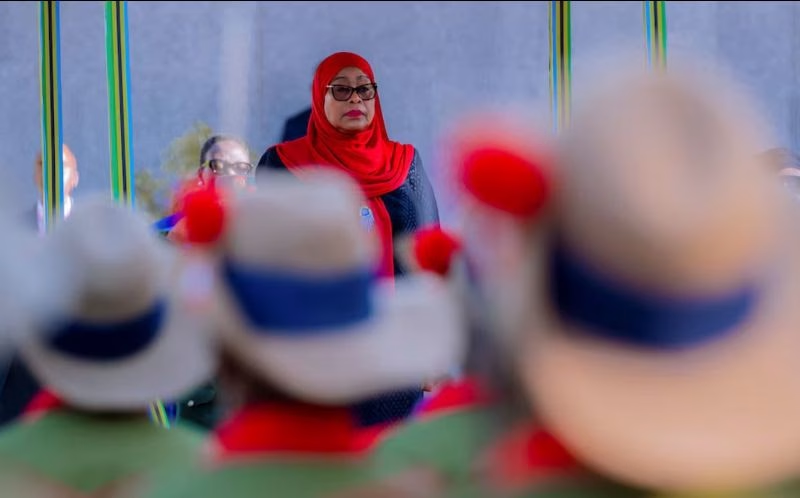For generations, zebu cattle have symbolized power and prosperity in Madagascar.
With their distinctive humped backs, long crescent horns, and flapping dewlaps, the animals are used to pull carts and plow fields; they’re even featured on the country’s coat of arms. In Madagascar’s bustling capital, Antananarivo, zebu gain right-of-way ahead of cars and rattling Citroën taxis, while in upscale restaurants and street-side joints, hungry patrons savor sizzling zebu steaks.
Healthy cattle, healthy industry
Beefing up the zebu for export will be no easy task. Not only have their numbers tumbled sharply, but today’s zebu is also a much smaller animal than those that grazed Madagascar’s fertile fields only a few decades ago. Making the BoViMa project a reality means addressing gaps like the absence of a livestock-management system, including animal health, safety, and veterinary standards.
IFC turned to the World Bank to help Madagascar improve its oversight of animal health so the country would be able to export meat. The World Bank is providing $53 million to help fund an initiative that will train veterinarians, rehabilitate laboratories, and provide better infrastructure for livestock, including dip tanks and a vaccination corridor. These improvements will allow Madagascar to issue internationally- recognized animal health certificates, opening up the export market. Zebu meat will be shipped overseas through a modern port in Tolanaro that was partially funded by the World Bank.











